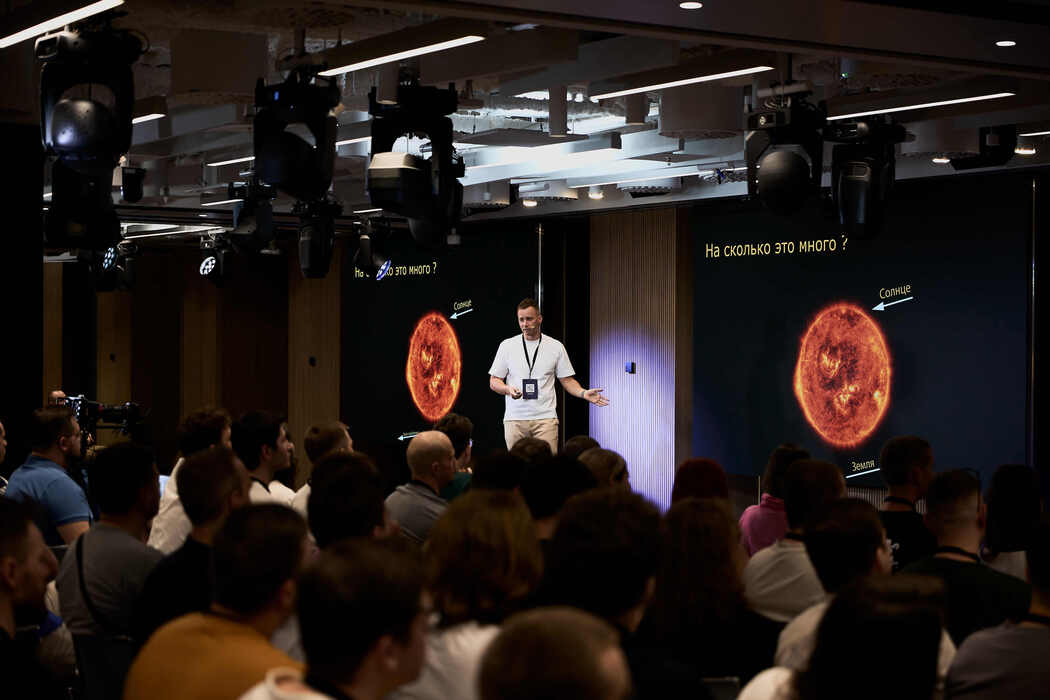Artificial Intelligence: Myths, History, and the Reality of Neural Networks
Thu, June 5, 2025 - 3 min read

Artificial Intelligence: Myths, History, and the Reality of Neural Networks
Event Photos







Overview
AI is surrounded by myths and fears. In this talk, I aimed to clarify everything: from the historical development of artificial intelligence to how modern neural networks function—what they can and cannot do.
History of AI
- The idea of artificial intelligence dates back to ancient times.
- In the 18th century, the automaton “The Turk” was created, seemingly able to play chess (though secretly controlled by a human).
- In the 1950s, the advent of computers sparked hopes that machines would soon match human intelligence.
- The 1970s saw the first “AI winter” when technology didn’t meet expectations.
- In the 2000s, the internet and big data gave rise to the machine learning era.
Modern Achievements
- In the 2010s, Google engineers developed reCAPTCHA, which helped train AI to recognize text.
- In 2017, the transformer architecture emerged — the foundation of today’s large language models (LLMs).
- Modern models like GPT-4 have trillions of parameters and require massive computing power.
How Neural Networks Work
- Input data is split into tokens and transformed into numerical vectors.
- Neural networks don’t understand language — they operate using probabilities and weights.
- Their main task is to predict the next word based on context.
Resources and Costs
- Training a model like GPT-5 can cost up to $1 billion.
- It requires thousands of GPUs and massive electricity consumption.
- Local neural networks on home computers are limited in power and quality.
Myths and Fears
- AI is not magic — it’s math and data.
- Neural networks have no consciousness; they don’t think like humans.
- While there’s a risk of AI replacing jobs, it also opens doors to new professions.
Ethical and Societal Issues
- Neural networks can be biased since they’re trained on human-generated data.
- Governments are beginning to regulate AI usage.
- Ethical and safety concerns around AI remain unresolved.
Conclusion
The talk concluded with a discussion about the future of AI, its impact on society and the labor market, and the importance of ethical development and use of neural networks.
To stay updated on new articles and talks, subscribe to my blog @AleksandrEmolov_EasyAdvice